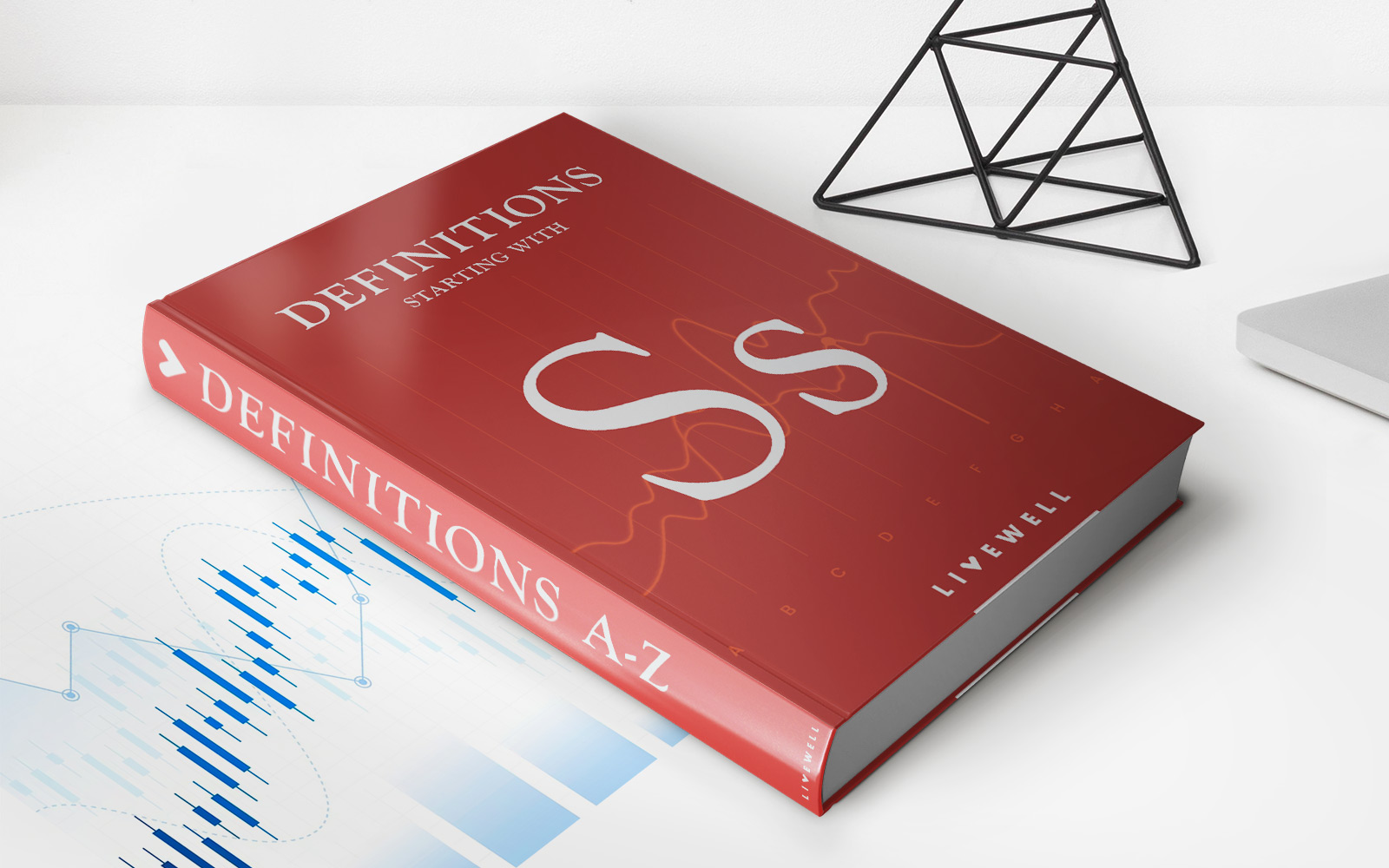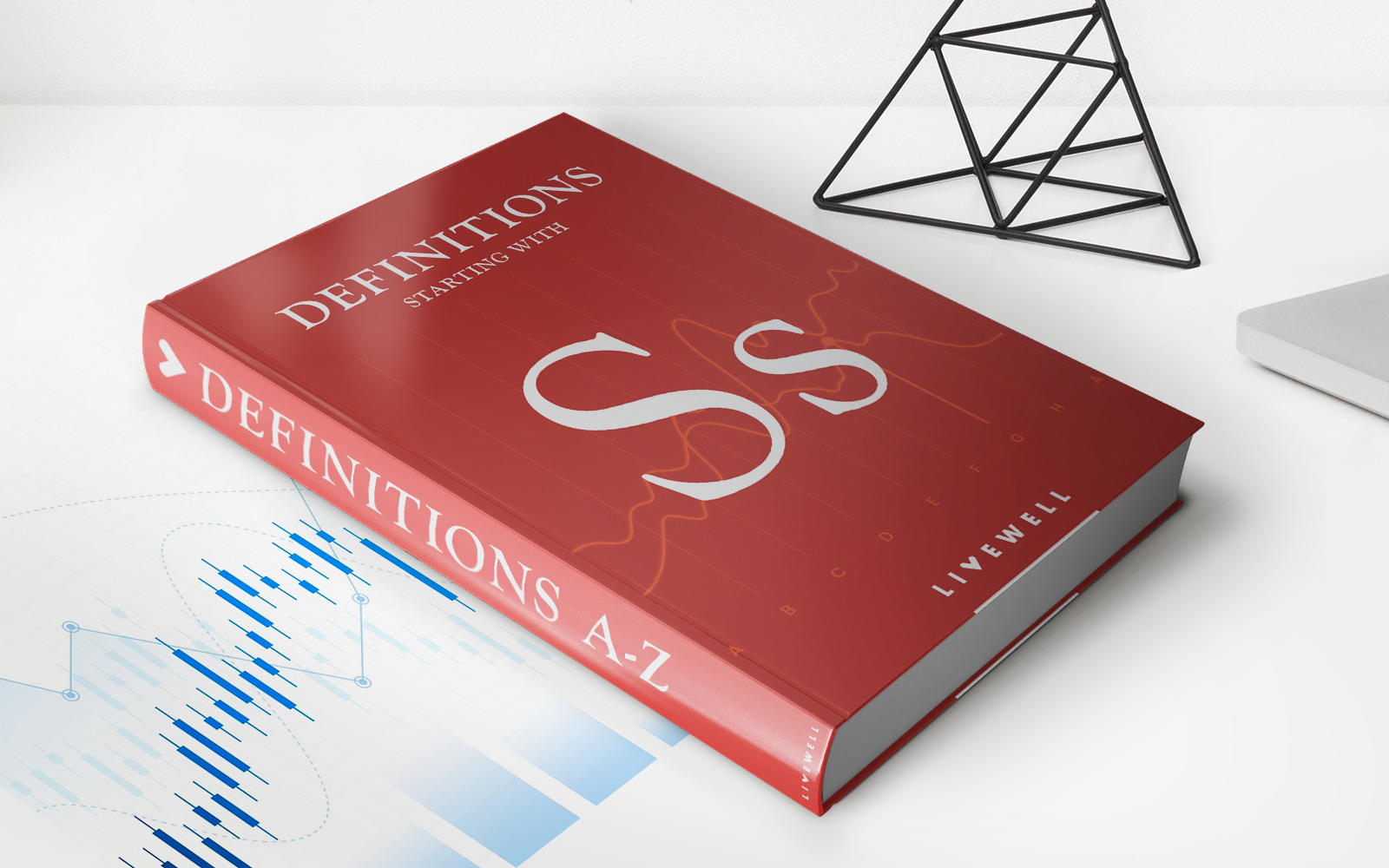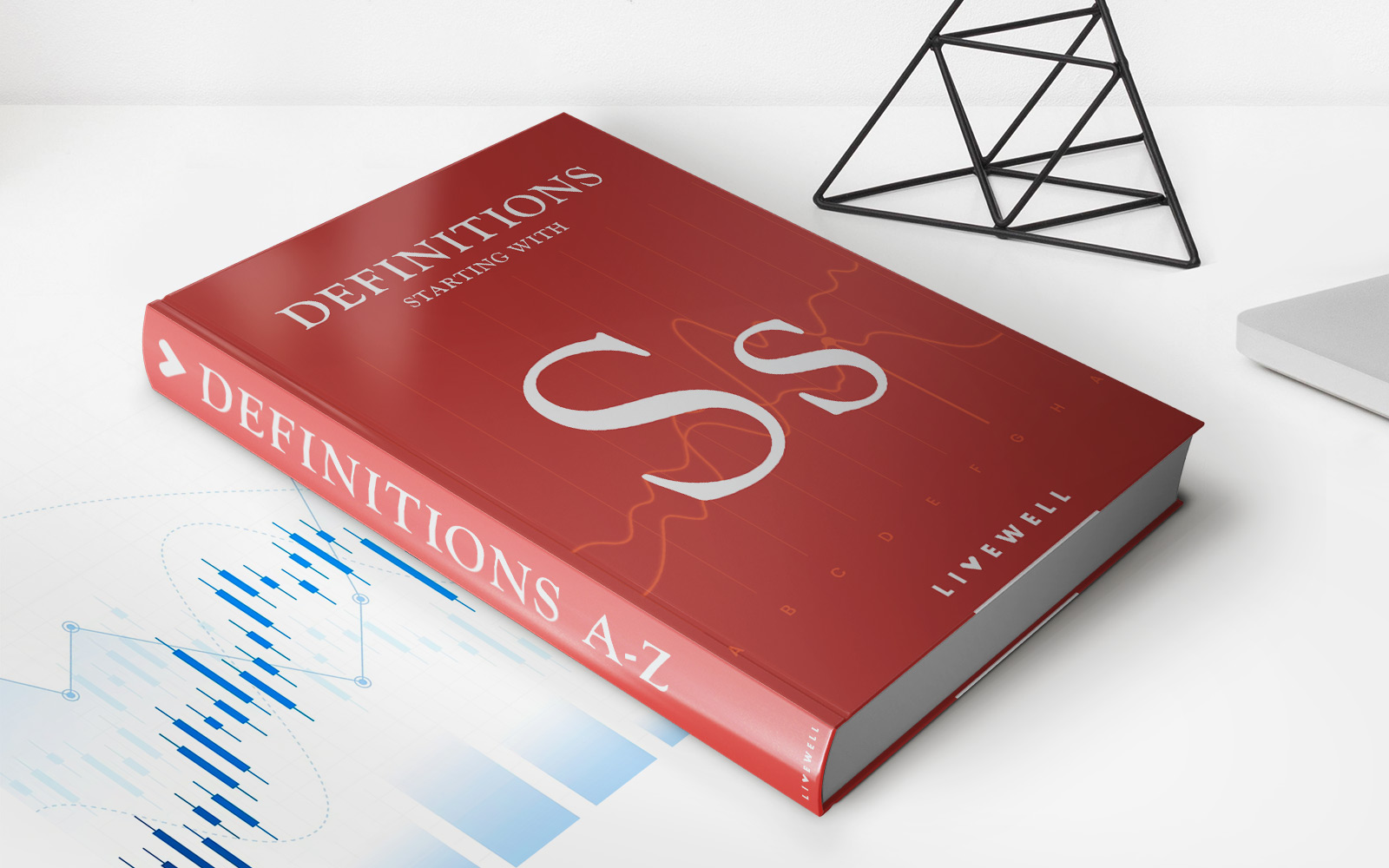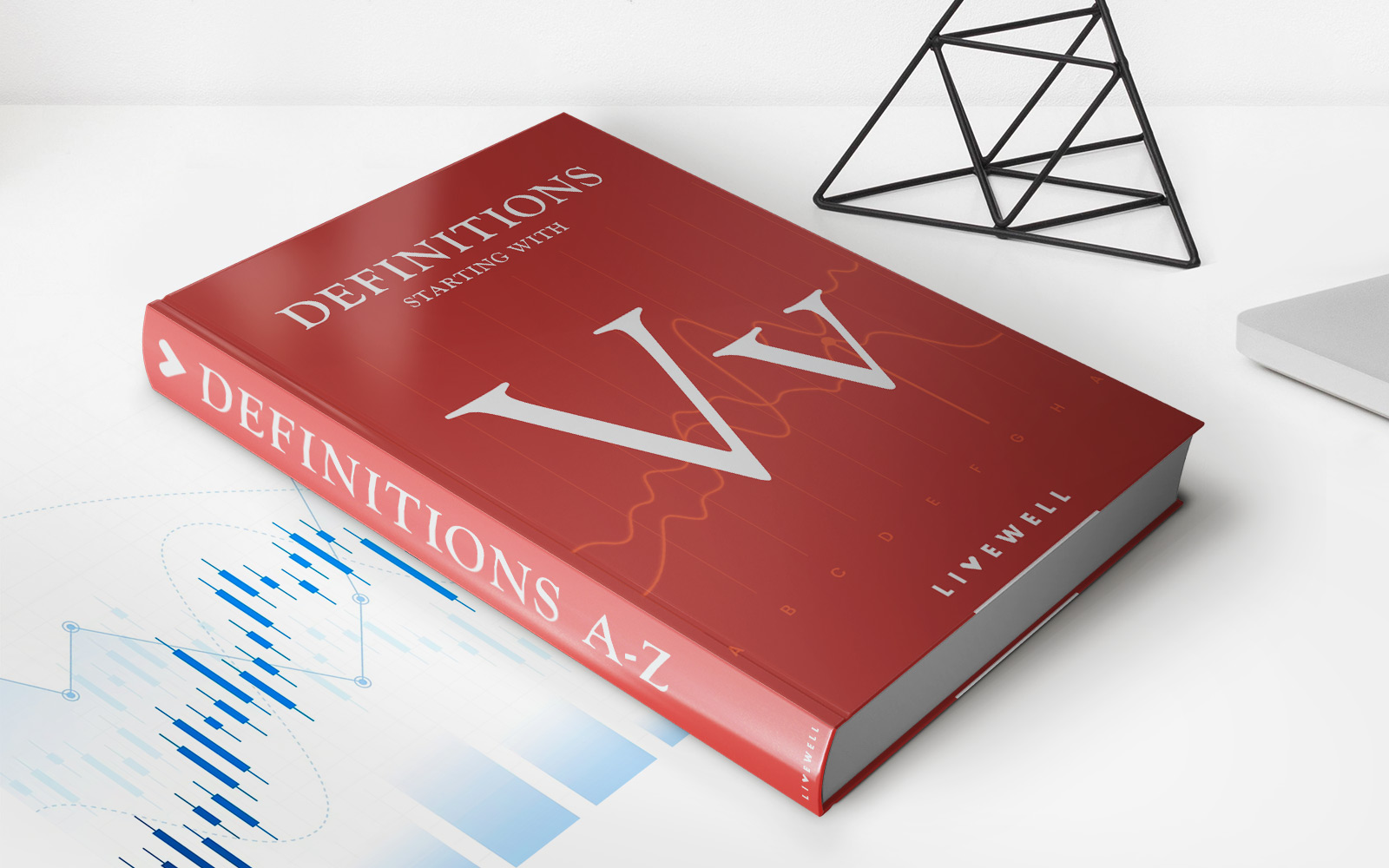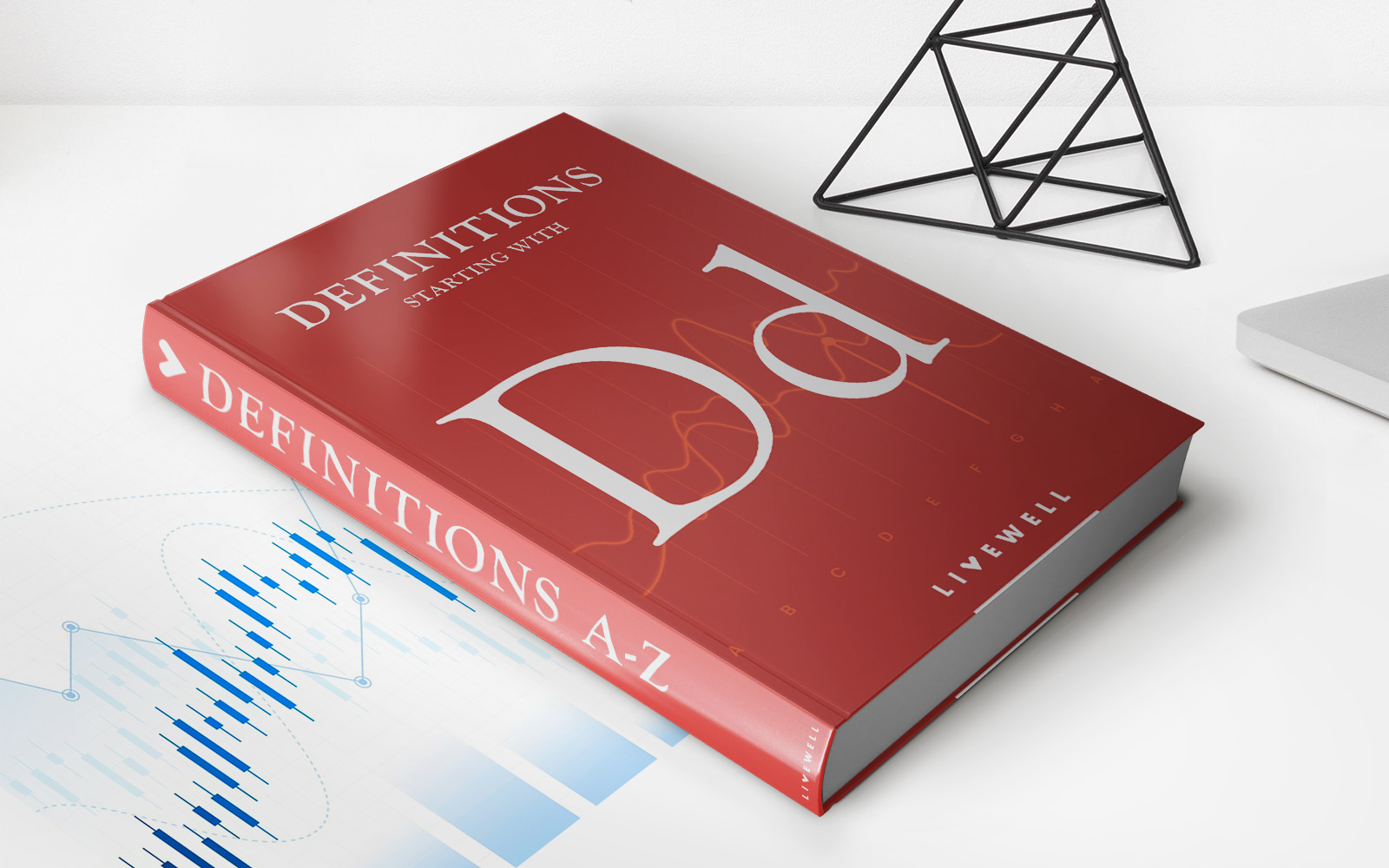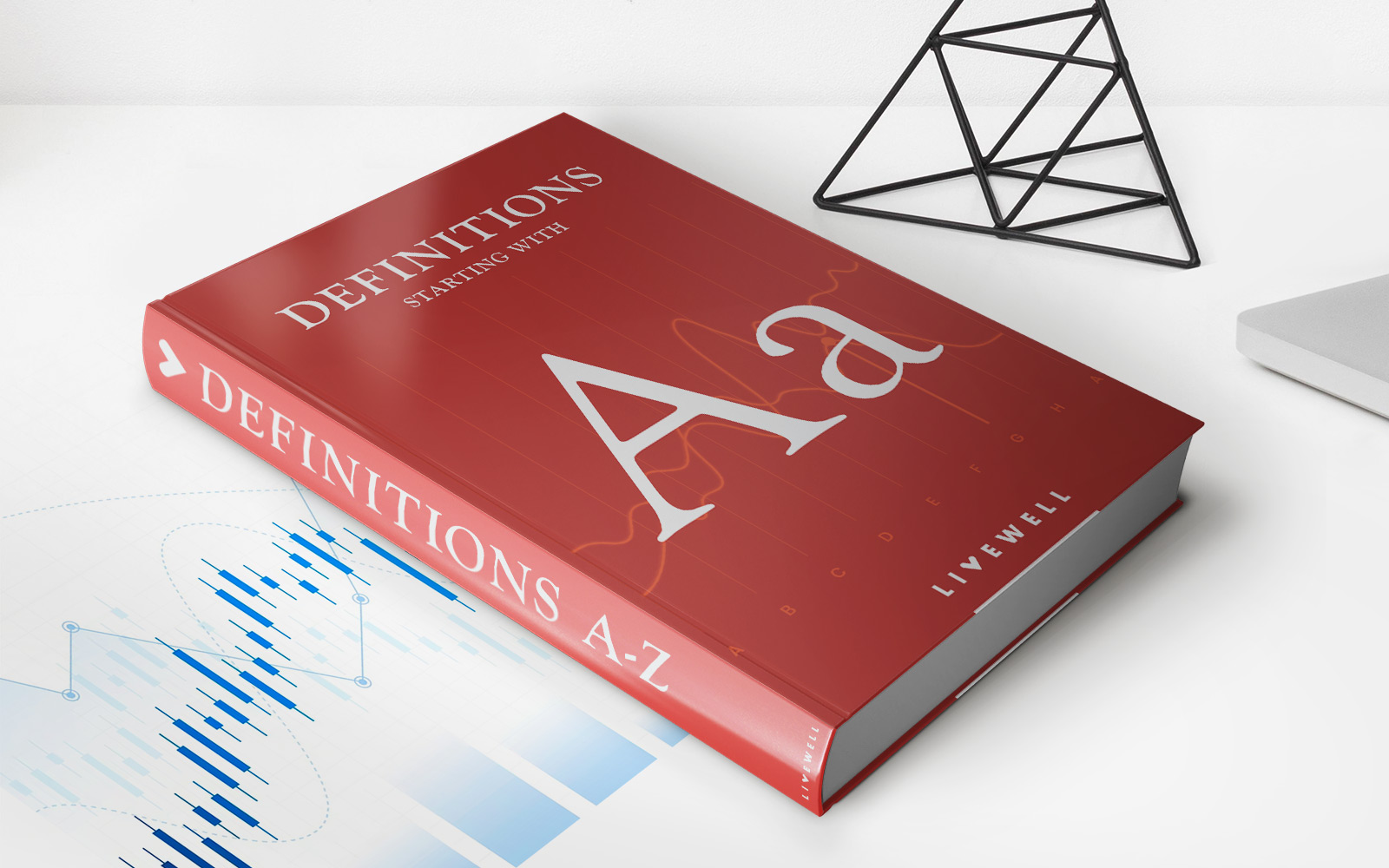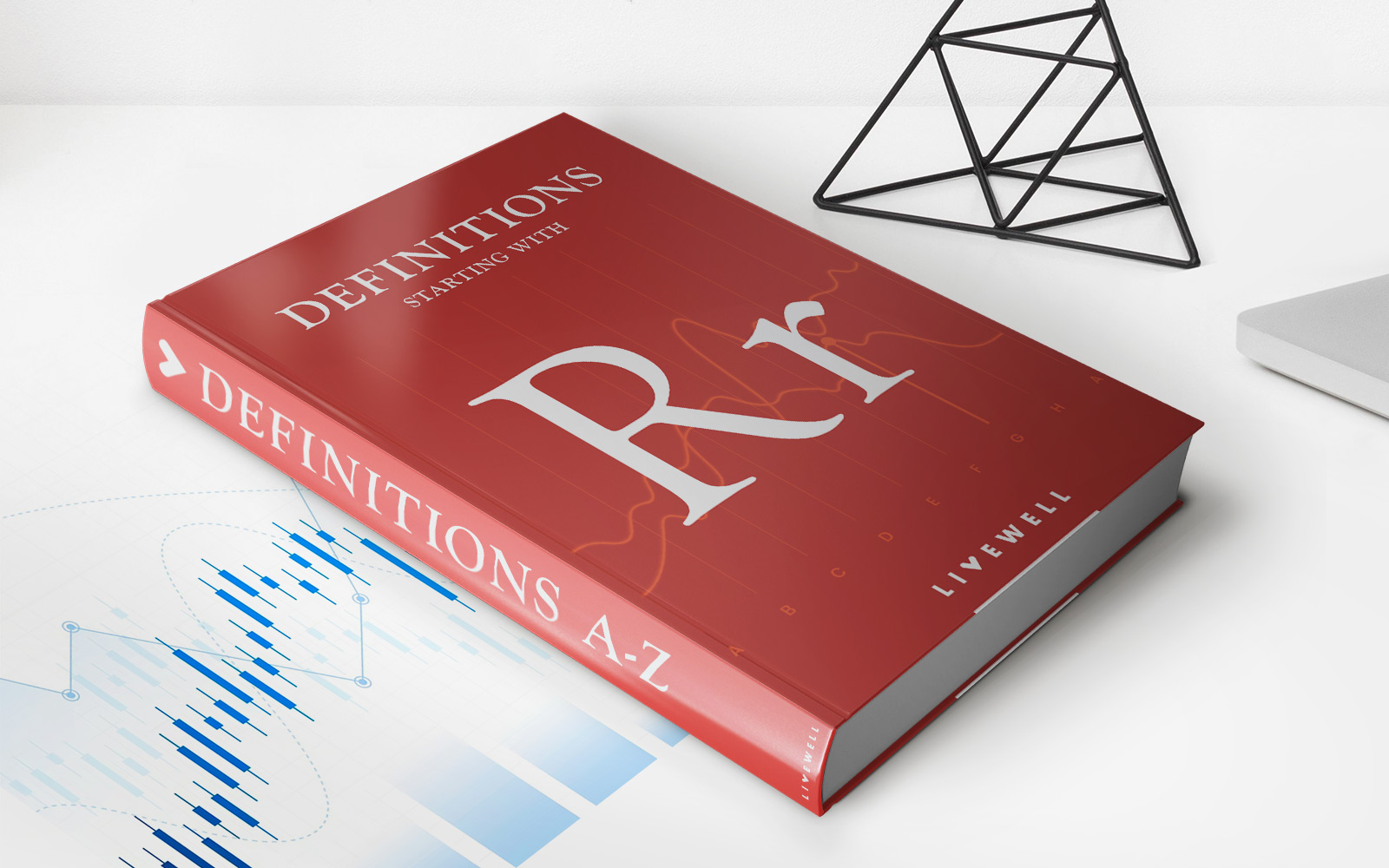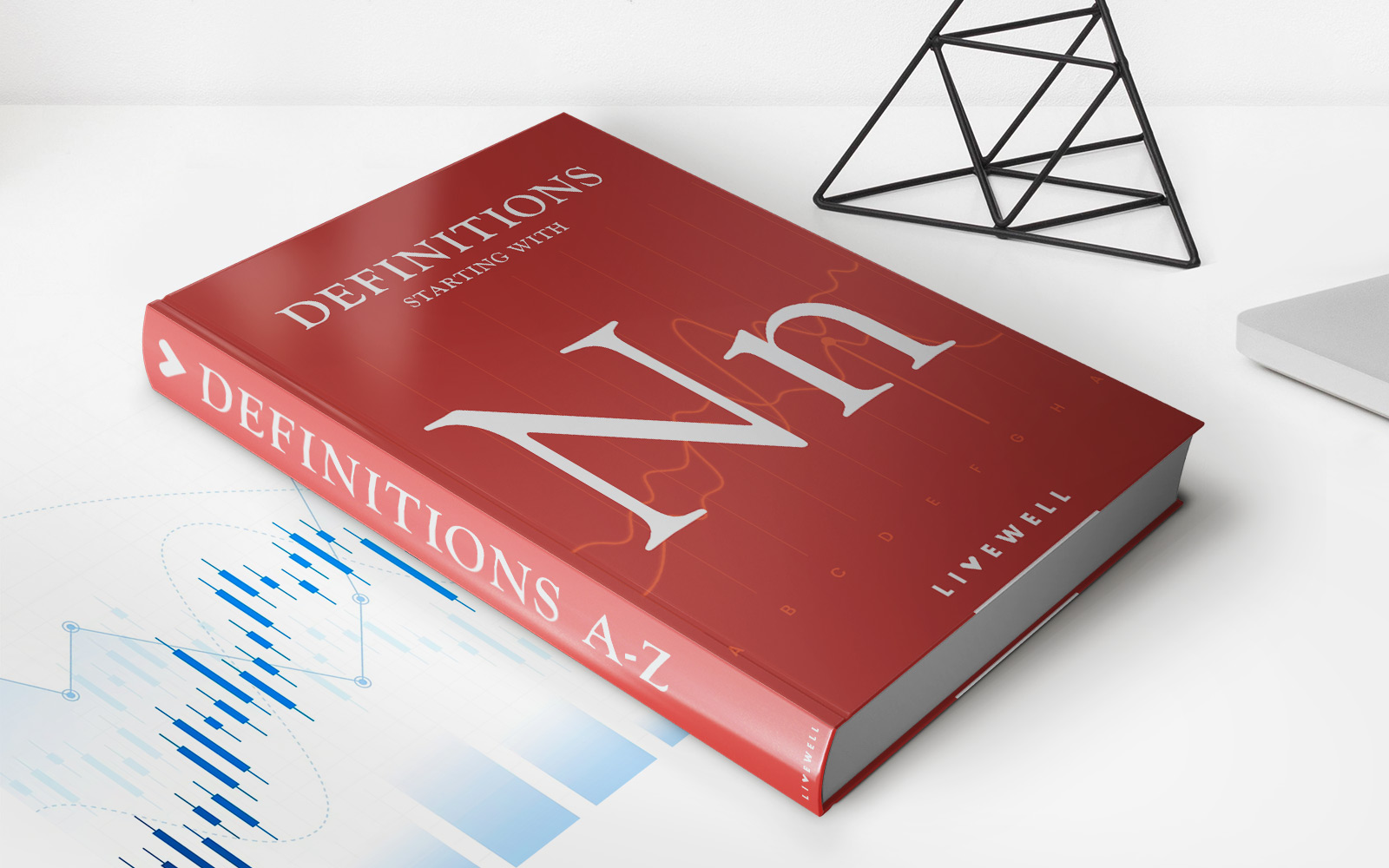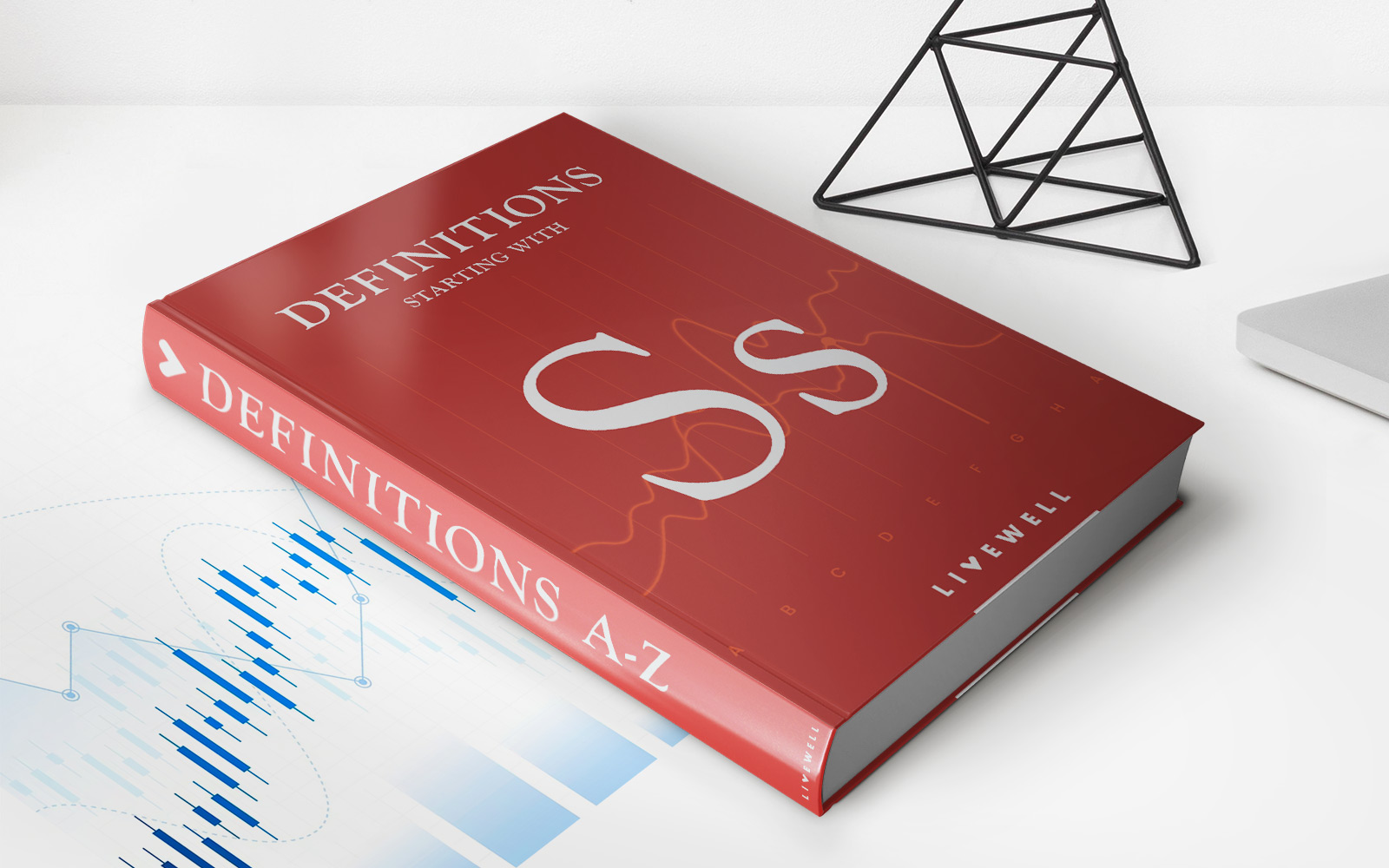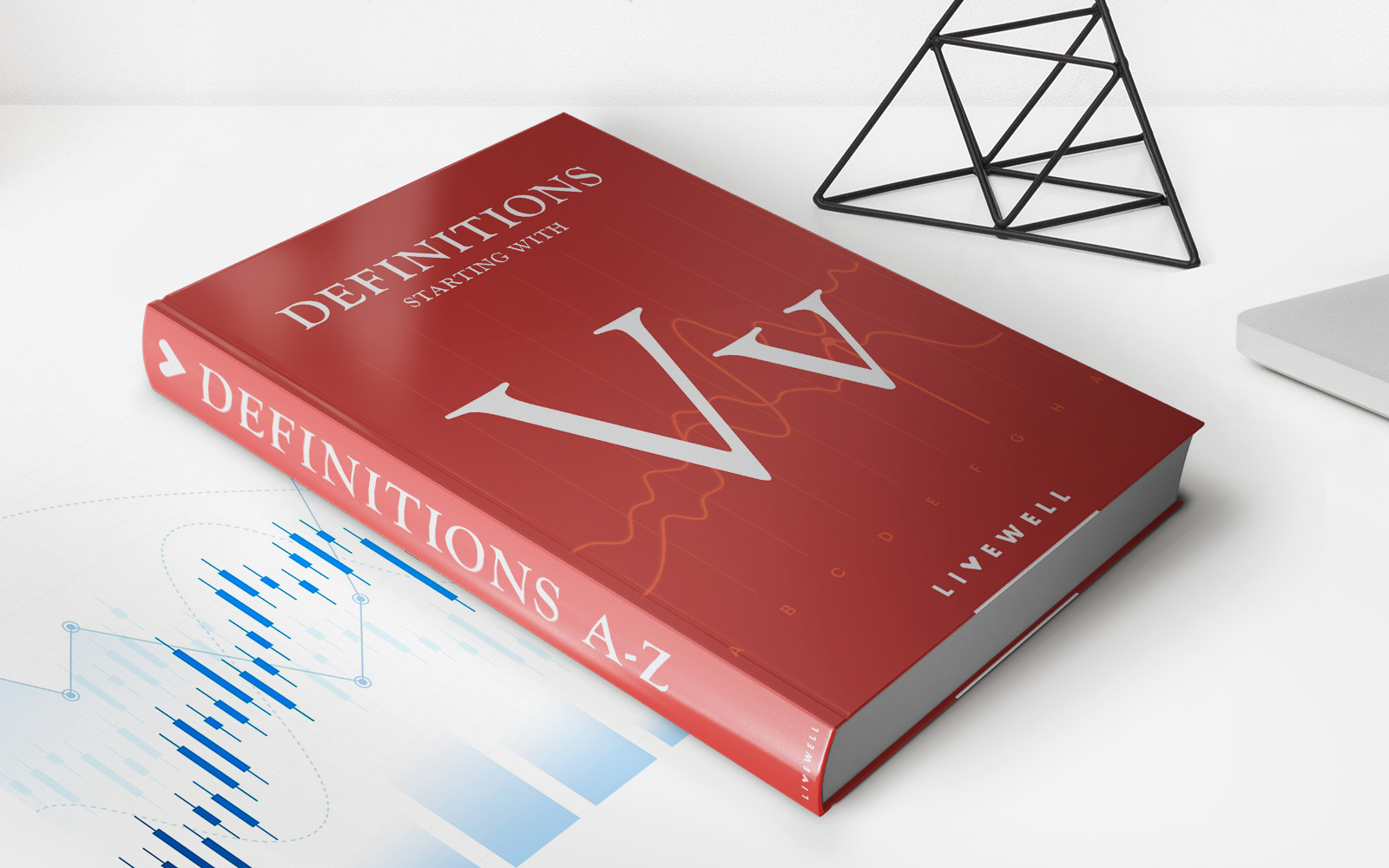

Finance
Value Line Composite Index Definition
Published: February 15, 2024
Learn the value line composite index definition and its significance in the world of finance. Discover how this index can help investors make informed decisions.
(Many of the links in this article redirect to a specific reviewed product. Your purchase of these products through affiliate links helps to generate commission for LiveWell, at no extra cost. Learn more)
The Value Line Composite Index Definition: Understanding the Pulse of the Stock Market
Welcome to our finance blog! In today’s post, we will dive into the fascinating world of the Value Line Composite Index (VLCI). Have you ever wondered how investors gauge the overall health of the stock market? Well, the VLCI is here to help. This widely followed index provides valuable insight into market trends, making it an essential tool for investors and financial analysts alike. So, let’s explore the Value Line Composite Index definition and how it can assist you in understanding the pulse of the stock market.
Key Takeaways
- The Value Line Composite Index (VLCI) is a stock market index that tracks the performance of approximately 1,700 stocks across a variety of industries.
- By examining the movements of the VLCI, investors can gain a broader understanding of the overall direction of the stock market.
Now, let’s delve deeper into the Value Line Composite Index. Created by Arnold Bernhard in 1961, this index remains a widely respected indicator of market performance.
The VLCI includes approximately 1,700 stocks selected from a diverse range of industries. This composition ensures that the index is representative of the broader market and not skewed towards a particular sector. It encompasses stocks from both large-cap and small-cap companies, providing a comprehensive snapshot of the market’s health.
The Value Line Composite Index definition allows investors to assess the overall direction of the stock market. By analyzing the trends and movements of this index, they can make more informed investment decisions. Whether you are a long-term investor seeking to gauge the market’s long-term prospects or a short-term trader capitalizing on market volatility, the VLCI offers valuable insights.
So, how can you access information about the VLCI? Financial news outlets and online platforms provide regular updates on this index. You can also find historical data and performance charts on websites dedicated to financial information. These resources serve as a valuable guide, enabling you to stay up-to-date on the market’s movements.
Now that you understand the Value Line Composite Index definition, you may be wondering about its significance. Here are a few key takeaways to remember:
- The VLCI provides an overall perspective on the stock market’s performance.
- Examining the VLCI allows investors to make more informed investment decisions.
In conclusion, the Value Line Composite Index is an important tool that enables investors to gauge the pulse of the stock market. By understanding the VLCI’s movements, you can gain insights into the market’s direction and make better-informed investment decisions. So, keep an eye on this valuable index and use it to your advantage in navigating the dynamic world of finance.


